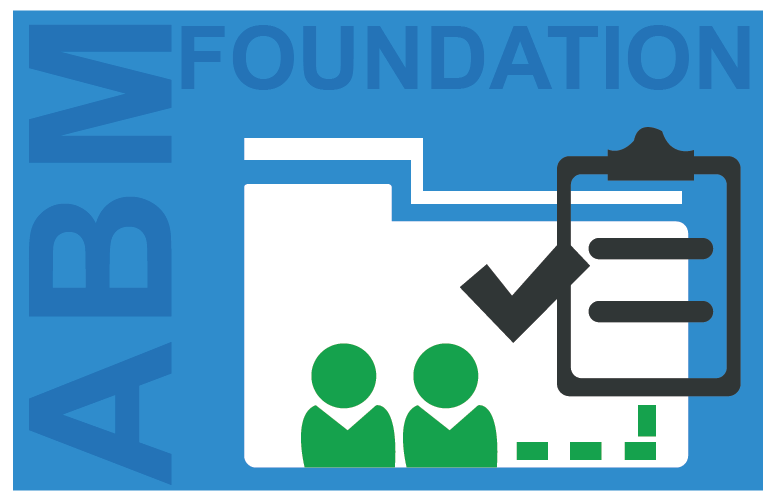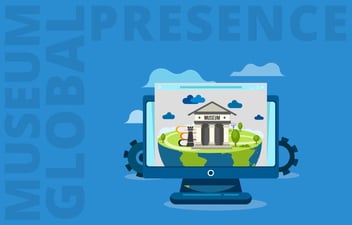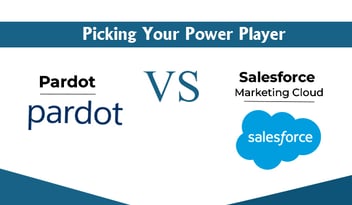Account based Marketing
Account-based marketing (ABM) focuses a vendors marketing and sales resources and efforts on specific customer or prospect accounts that will likely gain them the most business. It differs from traditional marketing approaches where marketing is typically organized by industry or product/solution. ABM merges all these divisions and uses them to focus on the most profitable accounts.
Although ABM is an old concept, it recently has become a proven, must-have in modern marketing. According to various studies, 92% of B2B marketers consider ABM “extremely” or “very” important to their marketing efforts.
Until recently, marketers used static account lists, built either using basic intent data, lookalike modelling, or by analyzing customer characteristics such as geographic information and company size. Although proven efficient, compared to traditional methods, these lists require manual periodical update and refresh, giving enough room for improvement.
Intent data and dynamic data-driven model
Intent data are the building blocks for making the static account selection dynamic. It allows lead marketers to act proactively reach customers early in the buying cycle with relevant engaging messages:- Based on intent, marketers can immediately prioritize and align sales and marketing resources to engage and convert prospects of interest.
- On the other side, if a target accounts intent level decreases, they can easily move the account into a nurture stream and advise sales to follow up at a later date.
Intent data may come either internally (1st party data) or externally (3rd party data) from various data providers. They are voluminous and complex and need to be cleansed and consolidated in order to become useful.
Marketing automation and artificial intelligence
Artificial intelligence-powered marketing automation makes intent data exploitable and data-driven marketing models effective:
- Intent data aggregated from several data sources into big volumes and collections (big data).
- Intent data should be interpretable.
- Big data should be easily processed but such magnitudes of data cannot be processed effectively humans.
- Machine learning modules accelerate and effectively improve predictive analysis for defining prospects.
- Personalized content, ads and other marketing services have become real by utilizing artificial intelligence modules.
Automated marketing workflows and processes, such as natural language processing, personalized messaging, and content delivery, provide the agility and effectiveness. Additionally, you want automation to help save marketing resources by automating regular daily tasks and help boost exploitations in intent data uncovered.
Due to the fact that on a daily basis, quintillions of bytes are processed:
- New high-performance systems are required to process and analyze the big data to eliminate noisy data from the valuable.
- Cloud-based installations allow mid and small sized companies to exploit features without huge investments.
Building an account- based marketing program
Contrary to the traditional approach where prospects may belong to accounts of interest, the simple guiding principle behind account based marketing is:
- Identify key - ideal target accounts. Build a model that describes the features and characteristics of key accounts.
- Compare and qualify leads with the ideal one. Interpret intent data and apply predictive and prescriptive analysis in order to rank and qualify leads.
- Engage qualified leads by personalizing content, ads, messaging, etc.
- Review the model. Apply improvements
.png?width=600&name=image%201%20(1).png)
Choosing key accounts
Choosing key accounts is a two-step process:
- Identify what the characteristics of ideal accounts are and subsequently build the ideal customer profiles.
- Compare or rank existing customers or prospects against the ideal profile, and determine which customers or prospects are worth attention.
Ideal customer profiles
Building ideal customer profiles is the most strategic part of choosing key accounts and implementing account-based marketing since it incorporates your organization's marketing and sales strategy into specific keys and metrics. Depending on the segmentation, several ideal customer profiles may be defined.
Key accounts may include existing or potential customers level of profitability, operating industry, geographical information, demographics, size and other similar information. They may include actual measurable information as well as trends and estimations.
.png?width=600&name=image%202%20(1).png)
Focusing on the active demand
You can compare and rank your marketing prospects and techniques once you have adequately defined your ideal customer profiles and interest segmentation. Back office systems such as CRM or ERP may provide structured information for your existing customers, while 3rd party data providing your prospects and leads.
In order to focus on the active demand, you should gather and properly interpret your intent data
- Internal systems such as CRM or ERP or company web sites and portals by monitoring account activity may be used.
- External systems such as third party data along with questionnaires, web forms, etc., provide the necessary information for prospects and leads.
As data gathered is voluminous and complex, information should be extracted and interpreted through big data analytics and techniques after data cleansing and consolidation.
%20(1).png?width=600&name=image%203%20(2)%20(1).png)
Engage customers and leads
Organizations with clearly defined customer profiles and prospects of interest can more effectively engage their customers with personalized marketing strategies and content.
Segmentation and personalization
Personalization tailors relevant data to the customers at the most individual level. It is strongly dependant on data availability. This segmentation can be considered as aggregating common personalized features as well.
During the early stages of the customer buying cycle, where there is no sufficient data to build an effective personalized strategy, content or message delivery based on segmentation is the solution. Depending on the importance and your needs, in ABM really personalized services enable marketers to focus on individuals customers and ensure the optimum customer engagement.
.png?width=600&name=image%204%20(1).png)
Personalized content and other marketing services
Delivering personalized content to accounts, prospects and customers, is the cornerstone of successful customer engagement. Gartner implies that in 2018 organizations that invest in personalized content should outsell more than 20% from those who do not, and other studies imply that personalized content is more effective that impersonalized by 80% in B2B.
Content management platforms and content-as-a-service platforms are used to deliver smart personalized content without demanding huge investments. Additionally CaaS platforms provide omnichannel features where content is personalized and delivered regardless of the device that the consumer uses.
Recommendation Engines (or systems) is a subclass of an information filtering system that aims to predict the preference of an account user into an item, based on intent data. It acts as an intelligent salesman who knows the customer behavior and can make intelligent decisions about what recommendations should benefit the customer most. Recommendation engines are widely used in content management systems.
Content management platforms take intent data as input (both 1st and 3rd party) and based on topic priorities, recommendation results and content ROI should deliver smart and personalized content.
.png?width=600&name=image%205%20(1).png)
Other personalized marketing services that contribute to customer engagement may include personalized advertising either in search engines or social media or personalized account automated communication through the entire customer journey.
Review and improve model
A final step in an account based marketing program is to evaluate, review, and improve, if necessary, the program performance. Tracking and easily measured KPIs, such as engagement levels, conversion rates, ROI, and loyalty along with correspondence to personalized marketing, time spent to websites, portals, etc., can be used to determine whether account based program is performing well.
Usually the corrective actions should be taken in defining the ideal customer profiles, since this is a process that is performed manually and has the major impact on successive ones. Other areas that may need improvement, such as predictive analysis performance or content performance, can be easily analyzed, since they refer to a small group of high yield accounts.
Conclusion
Account based marketing has been an agile and measurable marketing approach for generating new customers and increasing revenue from existing ones. Marketing automation powered with artificial intelligence, along with technology improvements, have boosted the effectiveness of an account based marketing program implementation.





Leave a Comment